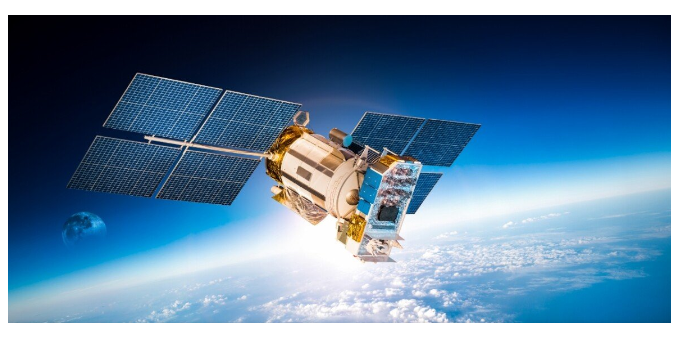Russia’s anti-satellite weapon could devastate the global $564 billion satellite industry and much more

On February 13, the American legislator Mike Turner issued a stark warning about a “an urgent matter with regard to a destabilizing foreign military capability that should be known by all Congressional Policy Makers”. On February 14, ABC News in the U.S. claimed that the threat was a Russian anti-satellite satellite that either was nuclear powered or used nuclear weapons. While Russia has not confirmed this, the consensus is that the weapons on board are nuclear.
The political fallout has been considerable, and the warning raised by Representative Turner was a political event. Economically, though, what could become under threat is an industry currently generating $564 billion of earnings globally. What exactly is at risk, and what about one factor that stands out: that, if used, Russian satellites would also be affected?
What is at risk
The direct threat raised by Representative Turner points to the Russian intent to decapitate the U.S. satellite-borne command and control infrastructure related to U.S. nuclear forces. However, roughly 90% of the satellites in the sky are commercial satellites. While some of them are important for military end users, they are not related directly to nuclear weapons. They would become collateral damage, if not the actual intended target.
Unlike other anti-satellite systems currently under development, the Russian nuclear device would directly affect every satellite, military or commercial, within a certain distance, and the effects of these bombs can last for years. Tests done by the Soviet Union and U.S. in the 1950s and 1960s show that a space-borne nuclear bomb can affect systems on Earth as well. The Starfish Prime test conducted by the Americans in 1962 250 mi (400km) over the western Pacific created an electromagnetic impulse that knocked out hundreds of streetlamps in Honolulu, Hawaii, even though it was 900 miles (1440 km) away. The explosion of the nuclear device, which had a yield of slightly over 1 Mt, knocked out satellites days later as they passed through the fields created. There were 22 satellites operating in orbit in 1962, and almost half them were affected.
While the Starfish Prime device exploded at an altitude below that of most satellites in orbit, it would affect thousands of satellites today, and potentially every satellite in Low Earth Orbit (LEO) in the days following the explosion. In 2022, 88% of satellites were in LEO.
What businesses would be affected?
Almost all businesses will be affected, if not directly, then because of knock-on effects. So any enterprise or institution with a satellite dish that’s in use or a partner of one, would feel it, be it a bank, or a TV station or an oil rig, is at risk from satellite disruption. Banking and investing, which can rely on satellite communications for the fastest possible transactions, would be particularly vulnerable.
The most devastating effect could be felt by the space industry itself. While the Starfish Prime explosion knocked out satellites days after the event, the aftereffects were detected in space six years later. A constellation of such devices could effectively shut down satellite borne activity for as long as the constellation exists.
Why do it?
Using a nuclear device in space affects every satellite within range, no matter what country it comes from. So, why would Russia intentionally destroy its own satellites? Unlike the West, the Russian economy is not very connected to space.
In a January 17 article in the New York Times, the authors pointed out that:
“Russia, however, has less to lose: Its once vaunted space program is in decline, dinged by sanctions, and said it intends to withdraw from the International Space Station program after 2024. Moscow is now well behind China in its total number of operating on-orbit satellites.”
Many countries, including Russia, have worked on anti-satellite platforms that have successfully targeted individual satellites. While Russia’s nuclear anti-satellite program is not yet functional, the fact that it is being worked on shows that the intent is not just to knock out a satellite or degrade a military capability.
To borrow from the book Dune, whoever can destroy a thing controls it. This sort of thinking on the part of the people who least need the thing to be controlled or destroyed must be taken into account. Can the space industry take nuclear hardening into account? How much would it cost per satellite? Politically, the news has already had an effect, as the American government is already talking to the Chinese and Indians about pushing Russia to not develop such a weapon.




